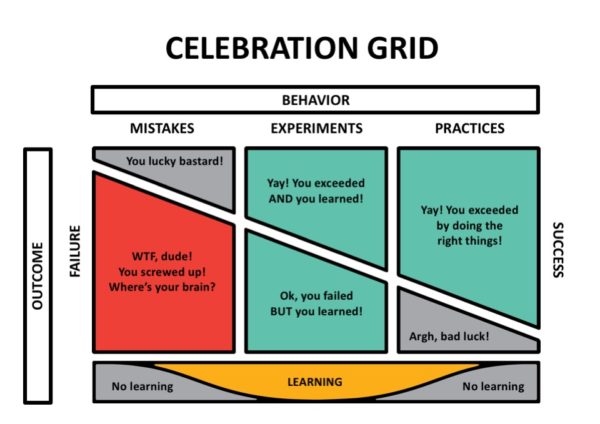The Retrospective along with The Daily, the Planning, and the Review is an event that takes place during the Scrum Sprint. Honestly, it doesn’t matter if you do Scrum or not, I am sure you should do a Retrospective. Improving Retrospective is the next natural step.
What is the Retrospective?
As I already said a Retrospective is an event. It is a special event when the whole team gathers and look back at what they did and what decisions they made. They do that in order to find a proper approach for the future. In the agile world, we would’ve said that they “inspect and adapt”.
Does this even works and why you should focus on improving Retrospective.
Short answer – yes. Long one – it depends on a couple of things. Firstly it depends on the purpose of an event. So if it was planned to figure out a plan for the future (which is good) or to blame each other (which is pointless). Secondly on way of gathering information about a past. If it was chaotic or structured, was feedback noted down for future reference or forgotten? Last but not least it depends on the quality of the outcome. Was created a plan detailed with certain checkpoints, or just very general with no clear goals.
To improve gathering the information I would like to propose three ideas, beyond of standard meetings facilitation tricks. I hope you will reuse one or all of them on your retrospectives.
Voting on topics.
This scenario is simplistic. During a 5-minute timebox, everyone can propose as many topics as he/she likes. They are being noted on a whiteboard or on a flipchart. When the timebox ends all participants vote on all topics with raising hands (they can vote on multiple topics). Topics are being ordered from the one with the most votes and discussion starts from the first topic. To generally improve discussion and avoid dead ends I propose setting an additional 5-minute timer and when it rings check who is still interested in continuing the discussion on the selected topic. If over a half is interested – the dispute continues. After every discussed topic participants should take an effort to find appropriate action. The most important attribute of this practice is that if put frames on discussion and counters endless talks.
Silent cards.
It is a recommended idea for inexperienced teams and groups with low soft skills and a possible lack of trust. It is efficient in improving retrospective. Every participant can write multiple topics on a piece of paper (one topic per one piece) and hand it over to the “master of the ceremony”. “Master” then shuffle all cards and read them out loud one by one, grouping them into topics if possible. Later “master of the ceremony” starts the discussion from the topic with most connected pieces of paper. I advise to hardly moderate discussions with such teams. The biggest advantage of this tool is that it helps to start discussions.
Celebration grid.
This practice is inspired by Management 3.0 and is a very simple yet powerful tool for improving retrospective.

You need to draw the above figure on board and later ask all present people to suggest a topic to discuss. Note down the topic on a post-it and ask a group to decide on which of the 6 fields it should be pasted. Later discuss topics only from fields with a green background. The reason why rest is not discussed is that the ones from grey fields are extraordinarily rare, and the ones from the red field don’t give us any additional knowledge. This tool helps to focus on what really matters. It helps to focus on things that can teach us something. It also cuts pointless discussions or blaming.
Good luck in Impoving Retrospective!
Is that everything one needs to know to host great retrospective? For sure not. It’s just the tip of an iceberg. But we all need to start somewhere. Using different techniques and observing how they perform on different teams will surely let you craft a perfect ritual for every team.
